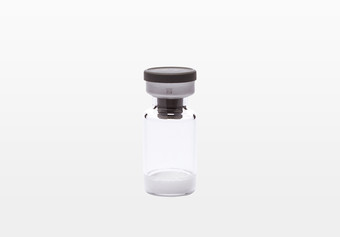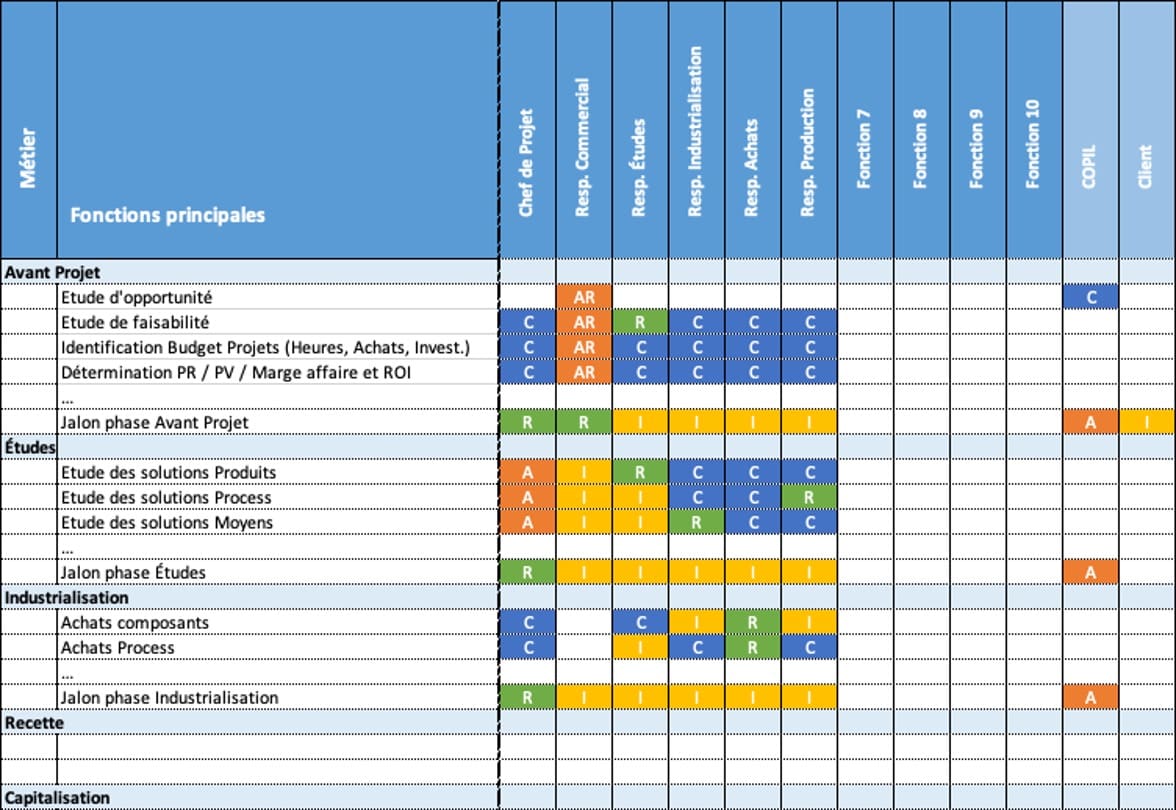Optimization Strategies For Automated Visual Inspection Of Lyophilized Vials

Table of Contents
Enhancing Image Acquisition for Optimal Inspection
High-quality image acquisition is paramount for successful automated visual inspection. Poor image quality directly impacts the accuracy of defect detection algorithms. Several key factors contribute to optimal image acquisition.
Illumination Techniques
The choice of illumination significantly affects defect visibility. Different lighting methods highlight different types of defects.
- Coaxial Illumination: Provides even lighting, minimizing shadows and ideal for detecting surface defects like cracks or scratches. However, it may struggle with subsurface defects.
- Diffuse Illumination: Offers softer lighting, reducing glare and suitable for detecting particulate matter or discoloration. However, it might obscure subtle surface imperfections.
- Structured Light: Uses projected patterns to create 3D surface profiles, enabling the detection of subtle variations in vial geometry. This is particularly useful for detecting subtle cracks or variations in fill levels.
Choosing the right illumination technique depends on the specific types of defects being targeted and the characteristics of the lyophilized vials. For example, coaxial illumination might be ideal for inspecting vials with a smooth surface, while diffuse lighting is better for vials with a more textured surface.
Camera Selection and Calibration
Selecting the appropriate camera and ensuring accurate calibration are crucial for precise measurements and reliable defect detection.
- Resolution Requirements: Higher resolution cameras are needed to detect smaller defects. The required resolution depends on the size of the smallest defect that needs to be identified.
- CMOS vs. CCD: CMOS cameras generally offer higher frame rates and lower power consumption, while CCD cameras often provide better image quality, especially in low-light conditions. The choice depends on the specific application requirements.
- Depth of Field: A sufficient depth of field is necessary to ensure all parts of the vial are in focus. This may require adjustments to camera settings or the use of specialized lenses.
- Calibration Methods: Regular calibration using certified standards ensures accurate measurements and prevents errors due to lens distortion or other factors. Calibration frequency depends on factors such as environmental conditions and system usage.
Handling and Presentation of Vials
Consistent and gentle vial handling is vital to prevent image distortion and ensure accurate inspection.
- Robotic Vial Handling Systems: Automated systems minimize human intervention and ensure consistent vial presentation to the camera.
- Vibration Mitigation: Vibration can blur images and affect the accuracy of defect detection. Vibration damping measures are essential.
- Preventing Vial Damage: Proper handling minimizes the risk of damaging vials during the inspection process, avoiding false positives caused by handling-related damage.
Advanced Algorithms for Defect Detection
Sophisticated algorithms are essential for accurately identifying defects in lyophilized vials. The use of advanced techniques significantly improves the accuracy and efficiency of the inspection process.
Machine Learning and AI
Machine learning, particularly convolutional neural networks (CNNs), offers a powerful approach to defect detection.
- Training Datasets: Large, high-quality datasets of images with labeled defects are crucial for training accurate machine learning models.
- Model Accuracy and Validation: Rigorous validation and testing are necessary to ensure the model's accuracy and reliability.
- Handling Variations: Algorithms must be robust enough to handle variations in vial appearance due to factors like fill level, stopper position, and lighting conditions.
Image Processing Techniques
Various image processing techniques enhance defect detection by improving image quality and highlighting relevant features.
- Noise Reduction: Techniques like median filtering or wavelet denoising remove noise from the images, enhancing defect visibility.
- Edge Detection: Algorithms like Canny edge detection highlight the boundaries of defects, facilitating their identification.
- Feature Extraction: Extracting relevant features from the images, such as texture, color, and shape, improves the accuracy of defect classification.
False Positive Reduction Strategies
Minimizing false positives is crucial for the efficiency and reliability of the automated inspection process.
- Algorithm Robustness: Improving the robustness of the algorithms to variations in lighting, vial position, and other factors helps reduce false positives.
- Contextual Information: Incorporating contextual information, such as information about the vial's position and orientation, can improve the accuracy of defect classification.
- Multi-Modal Inspection: Combining multiple inspection methods, such as visual inspection with other techniques, can further reduce false positives.
Streamlining System Integration and Workflow
Effective integration of the automated inspection system into the overall manufacturing workflow is essential for maximizing its benefits.
Integration with Existing Equipment
Seamless integration with upstream and downstream equipment is key.
- Data Exchange Protocols: Standard protocols, like OPC UA, ensure smooth data exchange between the inspection system and other manufacturing equipment.
- System Compatibility: Compatibility with existing equipment and software is essential for a smooth implementation.
- Validation Requirements: Thorough validation is needed to demonstrate the system's compliance with regulatory requirements.
Data Management and Reporting
Automated inspection systems generate large volumes of data requiring efficient management and analysis.
- Data Storage and Retrieval: A robust data management system is necessary for efficient storage and retrieval of inspection data.
- Reporting Formats: Clear and concise reporting formats facilitate data analysis and decision making.
- Data Visualization: Visualizing the data helps identify trends and areas for improvement.
- QMS Integration: Integration with existing quality management systems simplifies data analysis and regulatory compliance.
Validation and Regulatory Compliance
Validation is crucial to ensure the automated inspection system meets regulatory requirements.
- Validation Protocols: Detailed validation protocols ensure the system performs as expected and meets regulatory requirements (e.g., FDA 21 CFR Part 11).
- Documentation Requirements: Meticulous documentation is necessary to meet regulatory requirements.
- Auditing Procedures: Regular audits ensure ongoing compliance.
Continuous Improvement and Optimization
Continuous monitoring and optimization are essential for maximizing the performance of the automated visual inspection system.
Performance Monitoring and Analysis
Regular monitoring provides valuable insights for ongoing improvement.
- Key Performance Indicators (KPIs): Tracking KPIs, such as defect detection rate, false positive rate, and throughput, helps monitor system performance.
- Data-Driven Decision Making: Analyzing the data helps identify areas for improvement and optimize inspection parameters.
- Regular System Maintenance: Preventative maintenance ensures system reliability and minimizes downtime.
Adapting to Changing Requirements
The inspection system must be adaptable to accommodate evolving needs.
- System Flexibility: A flexible system can easily adapt to changes in product specifications or regulatory requirements.
- Modular Design: A modular design allows for easy upgrades and modifications.
- Software Updates: Regular software updates ensure the system remains up-to-date with the latest algorithms and features.
Conclusion
Implementing effective Optimization Strategies for Automated Visual Inspection of Lyophilized Vials is crucial for pharmaceutical manufacturers seeking to enhance quality control, increase efficiency, and ensure regulatory compliance. By optimizing image acquisition, employing advanced algorithms, streamlining system integration, and focusing on continuous improvement, manufacturers can achieve significant improvements in the speed, accuracy, and reliability of their lyophilized vial inspection processes. To learn more about optimizing your specific application of automated visual inspection, consider consulting with industry experts or exploring specialized literature on advanced imaging techniques and AI-driven quality control in pharmaceutical manufacturing. Implementing these strategies will lead to higher levels of quality and productivity in your lyophilization process.

Featured Posts
-
 Suri Cruises Birth Tom Cruises Unexpected Response
May 11, 2025
Suri Cruises Birth Tom Cruises Unexpected Response
May 11, 2025 -
 Valentina Shevchenko Rejects Manon Fiorot Challenge A Dismissive Response
May 11, 2025
Valentina Shevchenko Rejects Manon Fiorot Challenge A Dismissive Response
May 11, 2025 -
 Karlyn Pickens Record Breaking 78 2 Mph Fastball A New Standard In Ncaa Softball
May 11, 2025
Karlyn Pickens Record Breaking 78 2 Mph Fastball A New Standard In Ncaa Softball
May 11, 2025 -
 Stallones Behind The Camera Misfire A Look At His Unsuccessful Directorial Debut
May 11, 2025
Stallones Behind The Camera Misfire A Look At His Unsuccessful Directorial Debut
May 11, 2025 -
 Quel Investissement Choisir Guide De Decision Pour Vos Objectifs Financiers
May 11, 2025
Quel Investissement Choisir Guide De Decision Pour Vos Objectifs Financiers
May 11, 2025
Latest Posts
-
 The Unexpected Failure Of Henry Cavills Latest War Movie
May 12, 2025
The Unexpected Failure Of Henry Cavills Latest War Movie
May 12, 2025 -
 The Internet Explodes Over Fake Henry Cavill Captain Britain Trailer
May 12, 2025
The Internet Explodes Over Fake Henry Cavill Captain Britain Trailer
May 12, 2025 -
 Why Henry Cavills Underrated War Film Didnt Connect With Audiences
May 12, 2025
Why Henry Cavills Underrated War Film Didnt Connect With Audiences
May 12, 2025 -
 Is Henry Cavill The Next James Bond His Cryptic Comment Explained
May 12, 2025
Is Henry Cavill The Next James Bond His Cryptic Comment Explained
May 12, 2025 -
 James Gunn On Henry Cavill The Impact Of Past Dc Executive Decisions
May 12, 2025
James Gunn On Henry Cavill The Impact Of Past Dc Executive Decisions
May 12, 2025
